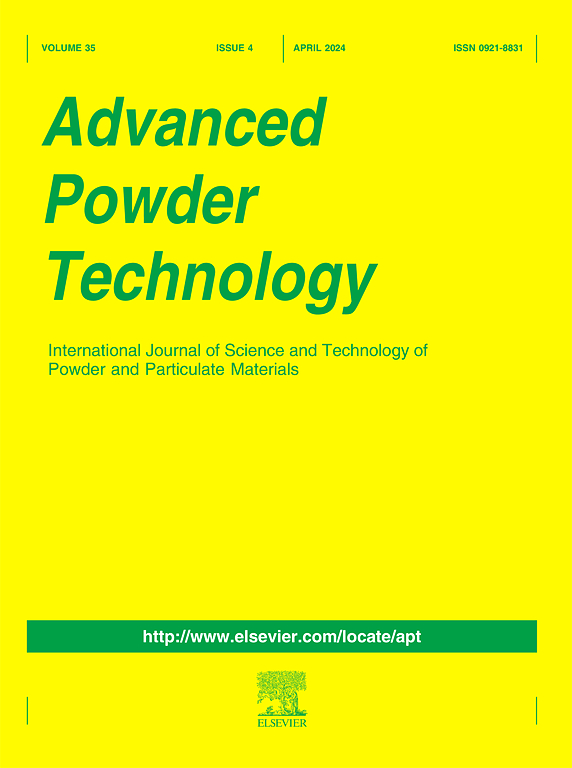Effect of oxalic acid on the selective flotation separation of Pb-activated sphalerite from galena
IF 4.2
2区 工程技术
Q2 ENGINEERING, CHEMICAL
引用次数: 0
Abstract
The separation of sphalerite (ZnS) and galena (PbS) is challenging owing to activation of the sphalerite surface by unavoidable metal ions, such as lead ions (Pb2+) released from lead-containing minerals. In this study, oxalic acid (OA) was applied for the first time as an environmentally friendly reagent to deactivate the sphalerite surface in lead–zinc (Pb-Zn) flotation separation. Micro-flotation experiments showed that OA, at a concentration of 0.56 mM, significantly reduced sphalerite recovery. Single-mineral flotation tests demonstrated that sphalerite recovery decreased to 20 %, while galena recovery remained at 58.7 % after OA treatment. Further flotation tests on an artificial mixture of sphalerite and galena confirmed effective separation with OA treatment under mildly alkaline conditions, achieving recoveries of 83 % for galena and 17 % for sphalerite. Infrared spectroscopy and X-ray photoelectron spectroscopy analyses showed that OA removes Pb2+ ions from the surface of sphalerite by forming lead oxalate (Pb(II)-Ox) precipitates, which detach from the sphalerite surface, effectively cleaning it. This detachment prevents the adsorption of potassium amyl xanthate (PAX) by forming a dispersed lead oxalate-amyl xanthate (PbOx-AX) complex, which exposes the hydrophilic sphalerite surface and leads to its depression. In contrast, this interaction had a minimal impact on the floatability of galena.

求助全文
约1分钟内获得全文
求助全文
来源期刊

Advanced Powder Technology
工程技术-工程:化工
CiteScore
9.50
自引率
7.70%
发文量
424
审稿时长
55 days
期刊介绍:
The aim of Advanced Powder Technology is to meet the demand for an international journal that integrates all aspects of science and technology research on powder and particulate materials. The journal fulfills this purpose by publishing original research papers, rapid communications, reviews, and translated articles by prominent researchers worldwide.
The editorial work of Advanced Powder Technology, which was founded as the International Journal of the Society of Powder Technology, Japan, is now shared by distinguished board members, who operate in a unique framework designed to respond to the increasing global demand for articles on not only powder and particles, but also on various materials produced from them.
Advanced Powder Technology covers various areas, but a discussion of powder and particles is required in articles. Topics include: Production of powder and particulate materials in gases and liquids(nanoparticles, fine ceramics, pharmaceuticals, novel functional materials, etc.); Aerosol and colloidal processing; Powder and particle characterization; Dynamics and phenomena; Calculation and simulation (CFD, DEM, Monte Carlo method, population balance, etc.); Measurement and control of powder processes; Particle modification; Comminution; Powder handling and operations (storage, transport, granulation, separation, fluidization, etc.)
 求助内容:
求助内容: 应助结果提醒方式:
应助结果提醒方式:


